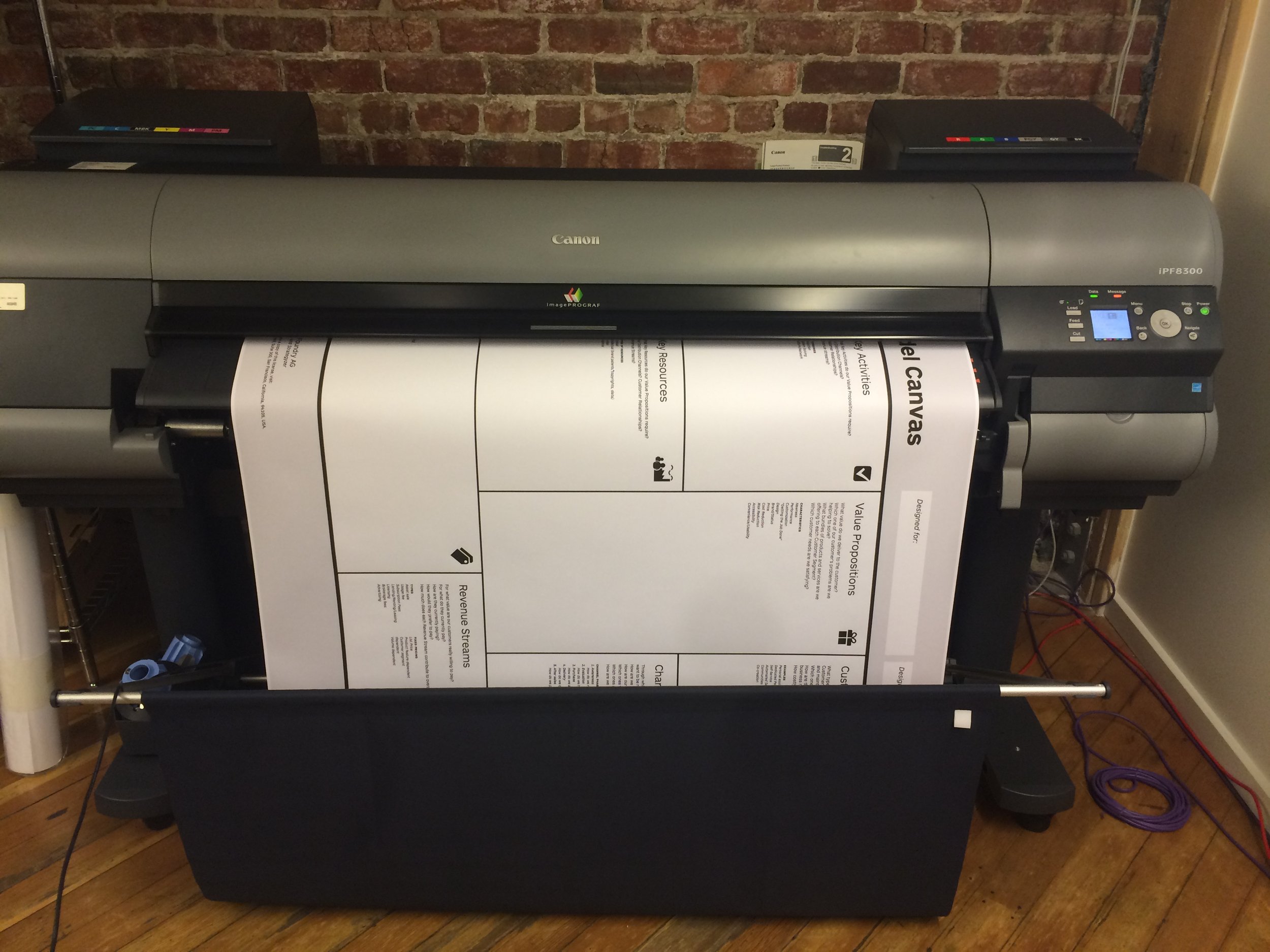Case Studies
Product Design
Client: Financial Services
Opportunity: Reduce unnecessary charge-offs among sub-prime secure credit card holders.
Solution: Incorporate behavioral economics biases, such as loss aversion, into payment products to nudge repayment. For example, highlighting the security deposit as a distinct account that will be forfeited if a minimum payment is not made.
Role: Conducted ethnographic research and briefed design teams. Co-worked on design concepts.
Process Design
Client: iiNet
Opportunity: iiNet needed to future-proof in a rapidly shifting marketplace by creating a significant innovation capacity along an otherwise risk-averse corporate culture.
Solution: Design an innovation competency, from structure to process to governance. Design the compensation and incentive structures to encourage calculated risk-taking, drive acceleration, and incorporate agile approaches to developing new products, services, and businesses.
Role: Principal on the project, conducting stakeholder interviews and designing the innovation practice.
Experience Design
Client: WellPoint
Opportunity: Insure skeptical and reluctant 20-39 year old Californians who earn over $30K annually. Previous research indicated that the target had an invincibility complex and scare tactics were needed to drive enrollment.
Solution: Design an insurance product that actually matches to their needs. This entailed re-working the insurance product with actuaries to lower costs, offering the insurance directly and bypass brokers, allow online applications, clarify the offering with plain english descriptions, and embracing a brand that connected with users. A core brand insight led to the communications work - people who are young but making over $30K a year and uninsured don't have access to a group plan, so they are artists, entrepreneurs, and independent contractors. They are high risk - high reward personalities who "live aggressively."
Role: Conducted ethnographic research and worked with XD and UI teams to define the product, experience and marketing strategy.
Communications Design
PNC
Opportunity: PNCs Virtual Wallet was so innovative that potential users could not grasp the core value proposition or functionality.
Solution: Deliver users a proxy of the experience in ads through CGI feature-rich communications that also leveraged narrative to drive comprehension.
Role: Conducted ethnographic research and worked with creative teams to develop concepts.
Integrated Design: Brand, Product, & Communications
Dockers
Client: Dockers
Opportunity: Levi's designers did not know their user. A caricature of a boring middle manager living in the suburbs stymied inspiration, both in the product and in the communications.
Solution: Conducted an ethnographic study of the core user, leading to insights into the common set of values and characteristics that drove both product innovations and communications. The insight, that users were universally concerned with looking appropriate from role to role, led to the development of the Stain Defender pant line and award-winning ads. For example, they wanted the functionality of cargo pants but needed to look professional - leading to the development of hidden cargo pockets.
Role: Principal investigator leading a team of researchers. Worked with both product design to generate new SKUs and with creative teams to devise the creative concepts.
Business Design
Client: Technology Company
Opportunity: A client in the technology space wanted to pivot their core business model, shifting from a conference to one that could better tap their core expertise: identifying early-stage companies that would grow and succeed.
Methods: Stakeholder interviews were conducted. Subject matter experts including venture funds partners, early-stage company founders, limited partners, and others in the space were interviewed. Participatory design sessions were conducted with key constituents, where we developed detailed business model canvases.
Solution: A net- new business model was designed with an accompanying short-term and long-term growth plan. A pitch deck was developed and designed for presentation to the private equity board members that held the parent company.



